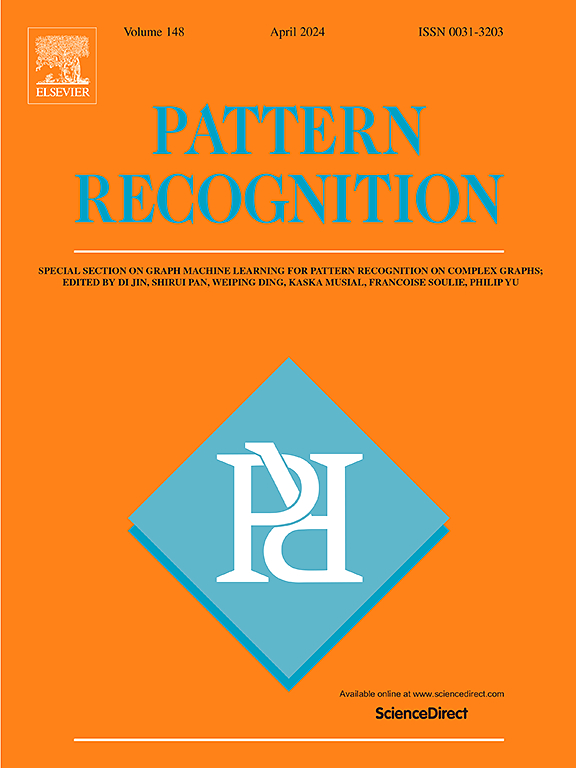用于可扩展高斯过程回归的联合随机全对称插值规则和局部近似法
IF 7.5
1区 计算机科学
Q1 COMPUTER SCIENCE, ARTIFICIAL INTELLIGENCE
引用次数: 0
摘要
在探索大规模高斯过程回归(GPR)的广阔应用前景时,有三个核心挑战极大地制约了它的充分发挥:首先,在处理大规模数据集时,计算 n 个训练点的逆协方差矩阵所需的 O(n3) 时间复杂度成为一个难以克服的性能瓶颈;其次,尽管传统的局部逼近方法得到了广泛应用,但它们往往受限于预测结果的不一致性;第三个问题是,许多聚合策略在评估专家(即局部模型)的重要性时缺乏辨别力,导致整体预测精度下降。即局部模型)的重要性时缺乏辨别力,从而导致整体预测精度的损失。针对上述挑战,本文创新性地提出了一种集成了三度随机全对称插值规则(TDSFSI)、局部逼近和 Tsallis 互信息的综合方法(TDSFSIRLA),旨在从根本上突破现有的限制。具体来说,TDSFSIRLA 首先引入了一种高效的三度随机全对称插值规则,通过生成自适应维度特征图来实现对高斯核函数的精确逼近。这一创新不仅大大减少了所需正交节点的数量,有效降低了计算成本,而且保持了极高的逼近精度,为处理大规模数据集提供了坚实的理论基础。此外,为了克服局部逼近方法的不一致性,本文采用广义稳健贝叶斯委员会机(GRBCM)作为局部专家的聚合框架。GRBCM 通过其固有的一致性和鲁棒性保证了各局部模型预测结果的和谐统一,显著提高了整体预测的稳定性和可靠性。更重要的是,针对专家权重分配不均的问题,本文创造性地引入了 Tsallis 互信息作为权重分配的指标。Tsallis 互信息能够灵敏地捕捉信息复杂性,为不同的本地专家分配与其贡献相匹配的权重,有效解决了权重分配不均导致的预测偏差问题,进一步提高了预测精度。在实验验证阶段,本文在多个合成数据集和七个具有代表性的真实数据集上进行了全面测试。结果表明,TDSFSIRLA 方法不仅显著降低了时间复杂度,而且在预测精度方面表现优异,充分验证了其在大规模高斯过程回归领域的显著优势和广阔应用前景。本文章由计算机程序翻译,如有差异,请以英文原文为准。
Jointly stochastic fully symmetric interpolatory rules and local approximation for scalable Gaussian process regression
When exploring the broad application prospects of large-scale Gaussian process regression (GPR), three core challenges significantly constrain its full effectiveness: firstly, the time complexity of computing the inverse covariance matrix of training points becomes an insurmountable performance bottleneck when processing large-scale datasets; Secondly, although traditional local approximation methods are widely used, they are often limited by the inconsistency of prediction results; The third issue is that many aggregation strategies lack discrimination when evaluating the importance of experts (i.e. local models), resulting in a loss of overall prediction accuracy. In response to the above challenges, this article innovatively proposes a comprehensive method that integrates third-degree stochastic fully symmetric interpolatory rules (TDSFSI), local approximation, and Tsallis mutual information (TDSFSIRLA), aiming to fundamentally break through existing limitations. Specifically, TDSFSIRLA first introduces an efficient third-degree stochastic fully symmetric interpolatory rules, which achieves accurate approximation of Gaussian kernel functions by generating adaptive dimensional feature maps. This innovation not only significantly reduces the number of required orthogonal nodes and effectively lowers computational costs, but also maintains extremely high approximation accuracy, providing a solid theoretical foundation for processing large-scale datasets. Furthermore, in order to overcome the inconsistency of local approximation methods, this paper adopts the Generalized Robust Bayesian Committee Machine (GRBCM) as the aggregation framework for local experts. GRBCM ensures the harmonious unity of the prediction results of each local model through its inherent consistency and robustness, significantly improving the stability and reliability of the overall prediction. More importantly, in response to the issue of uneven distribution of expert weights, this article creatively introduces Tsallis mutual information as a metric for weight allocation. Tsallis mutual information, with its sensitive ability to capture information complexity, assigns weights to different local experts that match their contribution, effectively solving the problem of prediction bias caused by uneven weight distribution and further improving prediction accuracy. In the experimental verification phase, this article conducted comprehensive testing on multiple synthetic datasets and seven representative real datasets. The results show that the TDSFSIRLA method not only achieves significant reduction in time complexity, but also demonstrates excellent performance in prediction accuracy, fully verifying its significant advantages and broad application prospects in the field of large-scale Gaussian process regression.
求助全文
通过发布文献求助,成功后即可免费获取论文全文。
去求助
来源期刊

Pattern Recognition
工程技术-工程:电子与电气
CiteScore
14.40
自引率
16.20%
发文量
683
审稿时长
5.6 months
期刊介绍:
The field of Pattern Recognition is both mature and rapidly evolving, playing a crucial role in various related fields such as computer vision, image processing, text analysis, and neural networks. It closely intersects with machine learning and is being applied in emerging areas like biometrics, bioinformatics, multimedia data analysis, and data science. The journal Pattern Recognition, established half a century ago during the early days of computer science, has since grown significantly in scope and influence.
 求助内容:
求助内容: 应助结果提醒方式:
应助结果提醒方式:


